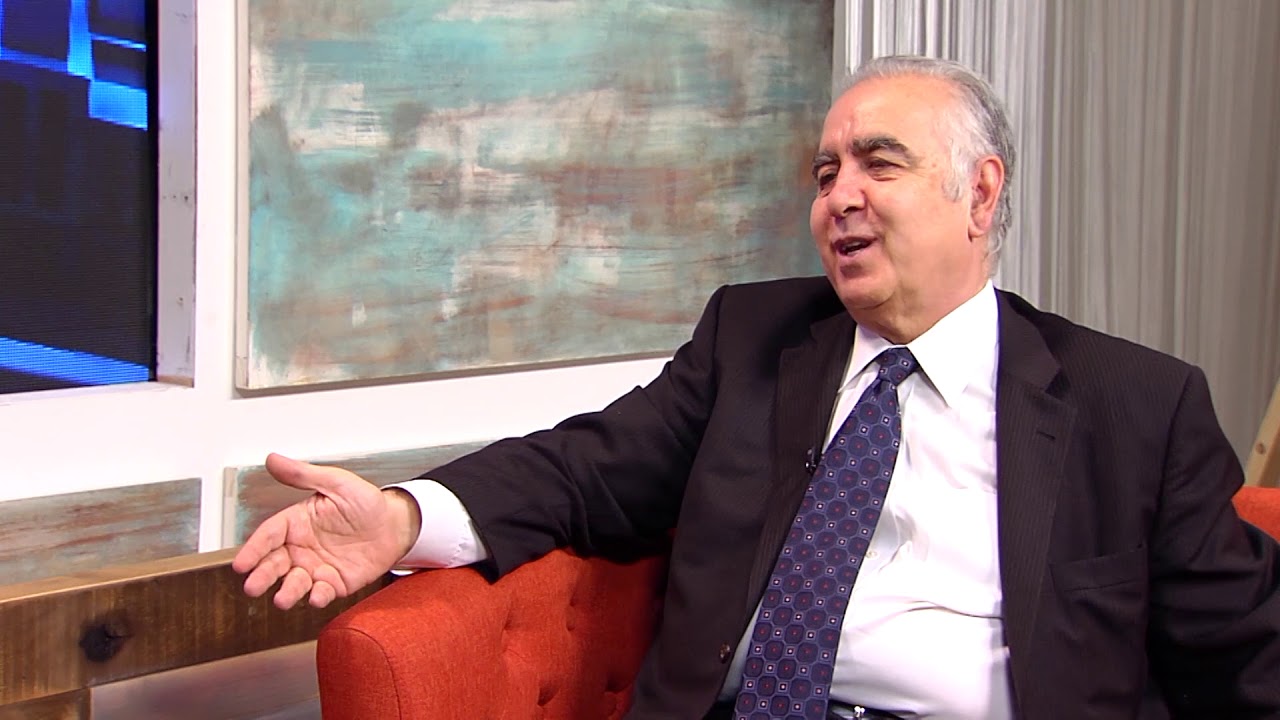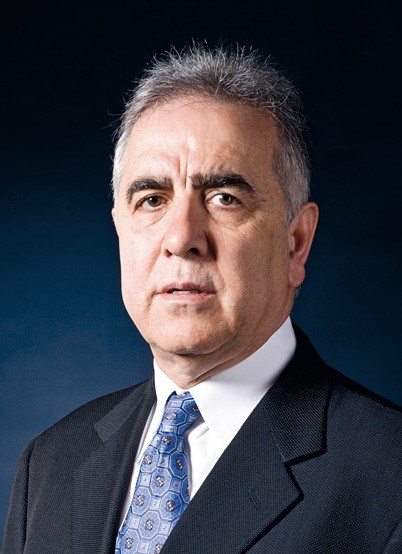Over 1,000 attendees of the Armenia-Diaspora Conference in Yerevan, organized by the Diaspora Ministry, cheered loudly when Catholicos Aram I of the Great House of Cilicia made the surprising announcement that the Catholicosate would file a lawsuit in a Turkish court
demanding the return of its properties confiscated during the 1915-1923 Genocide. His Holiness explained that before taking this important decision, he had consulted with international legal experts during the past two years.
Stating that remaining indifferent towards the violation of Armenian rights is tantamount to treason, the Catholicos urged Armenians to take the genocide issue out of the narrow confines of genocide recognition and condemnation, and transcend the mindset that genocide recognition is the ultimate goal of the Armenian Cause. Considering that it is high time to transfer Armenian demands from Turkey to the legal field. His Holiness announced that the See of Cilicia would file shortly a lawsuit with the Constitutional Court of Turkey, seeking the return of its erstwhile headquarters, the Catholicosate of Sis. Should the Turkish Court reject the lawsuit, which is likely, the Catholicosate will then appeal to the European Court of Human Rights, said the Catholicos. He also expressed the hope that this lawsuit would pave the way for other legal demands from Turkey for the return of public, private, and religious
properties belonging to Armenians.
While this is great news to all those who have been advocating for years taking legal action against Turkey, such lawsuits require painstaking preparation by top notch international lawyers. Moreover, regardless of how just one’s cause may be, no one can guarantee a positive outcome in court, given various external influences on the judiciary, and technicalities used as an excuse for rejecting a lawsuit emanating from a century-old grievance.
The Catholicos hinted at some of these obstacles in his remarks, acknowledging that “the framework of international law is not that favorable to our Cause.” More alarmingly, he seemed to dismiss the devastating effect the loss of such a court case would have on the Armenian Cause by claiming that “if we lose the lawsuit, we would still be winners, because we would have reminded the genocidaire and the international community that the Armenian people continues to demand its rights, no matter how much time has elapsed since the Genocide.”
The Turkish government would certainly exploit such a negative judgment by misrepresenting
its victory around the world as a rejection of all Armenian genocide claims.
Going beyond the Catholicosate’s initiative, His Holiness urged the Armenian government to file its own lawsuit against Turkey in the International Court of Justice (World Court), where only states have the right to sue. At the international Armenian lawyers’ conference sponsored by the Diaspora Ministry last year, a task force was formed under the auspices of the Gagik Haroutunyan, Chief Justice of Armenia’s Constitutional Court, to study the legal ramifications of filing a lawsuit against Turkey in the World Court. The task force is reportedly assessing the various legal options available to the Republic of Armenia.
Given the Armenian government’s cautious approach to suing Turkey, it was quite surprising that Foreign Minister Edward Nalbandian, during the Sept. 20, 2014 Armenia-Diaspora conference, when asked by a reporter about his reaction to the news that the Catholicosate of Cilicia would file a lawsuit against Turkey, enthusiastically and without hesitation responded:
“there could be no two opinions about it. Such an important initiative must only be supported.”
Coincidentally, the conference attendees were handed the executive summary and introduction of a lengthy report entitled, “Resolution with Justice: Reparations for the Armenian Genocide.” Funded initially by a grant from the Armenian Revolutionary Federation, the report was prepared by the Armenian Genocide Reparations Study Group, composed of Alfred de Zayas, Jermaine O. McCalpin, Ara Papian, and Henry C. Theriault. George Aghjayan served as a consultant. The extensive report examines the case for reparations from legal, historical, and ethical perspectives.
It is clear that on the eve of the genocide centennial, several serious efforts are underway to seek justice through various courts for the massive human and economic losses suffered by the Armenian people during the 1915-1923 Genocide.


